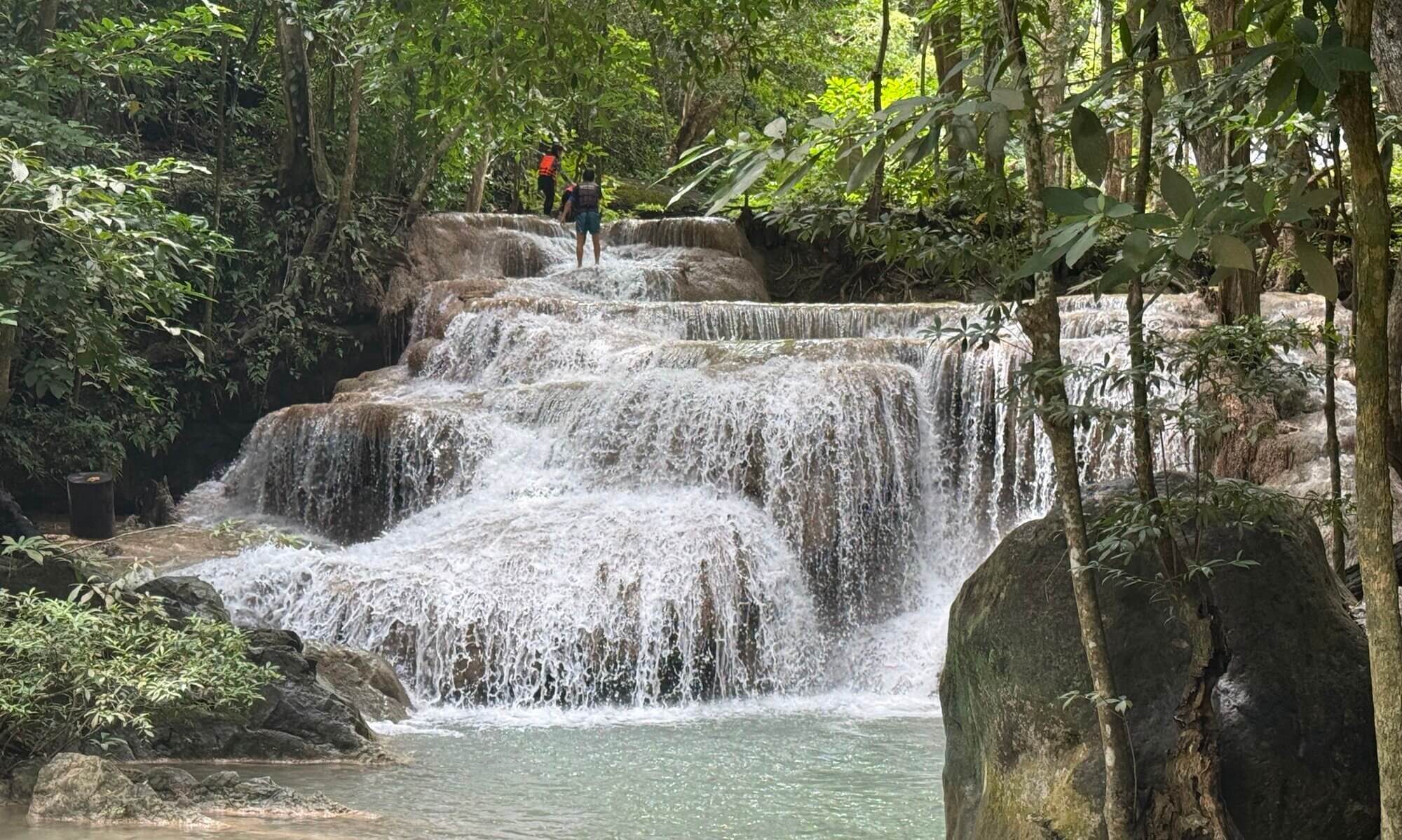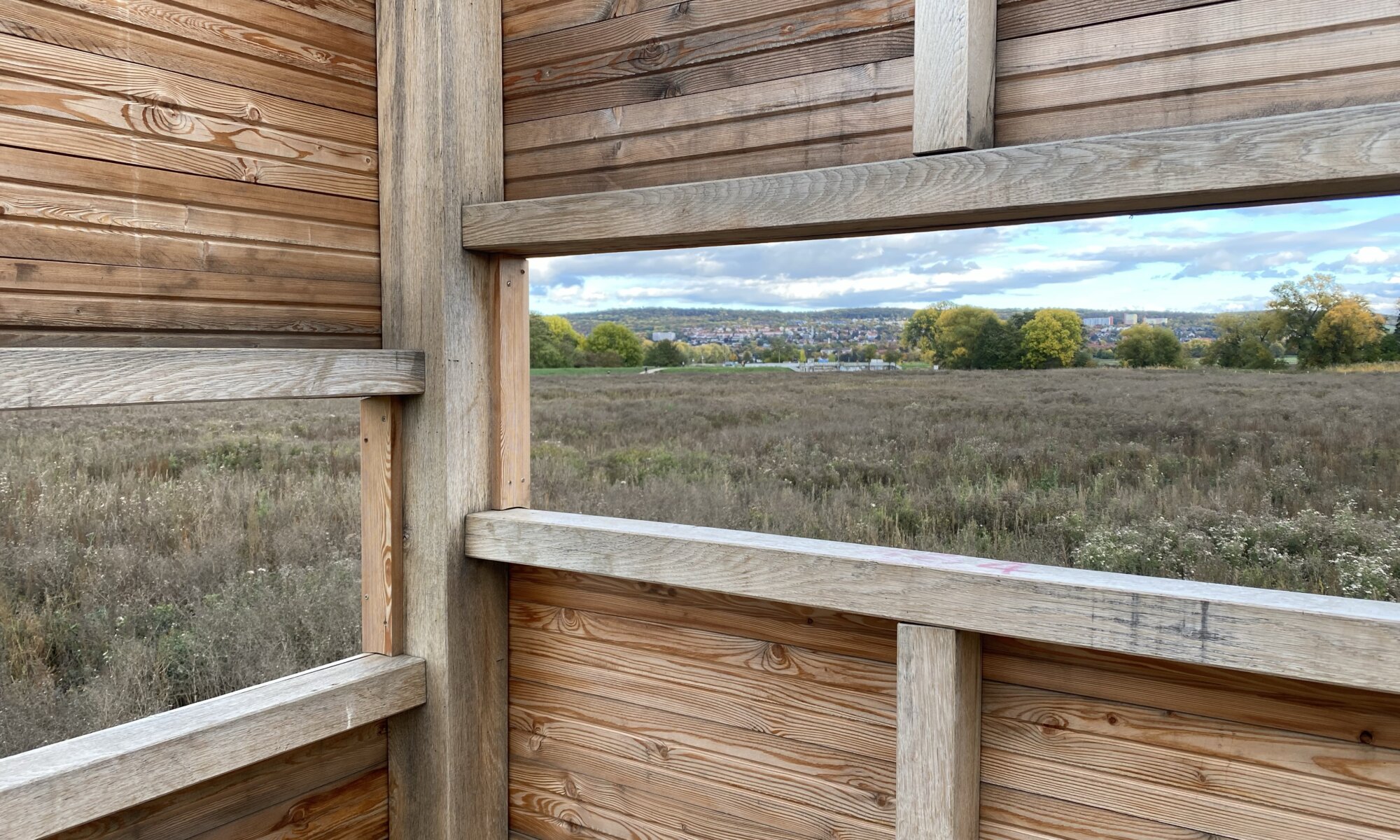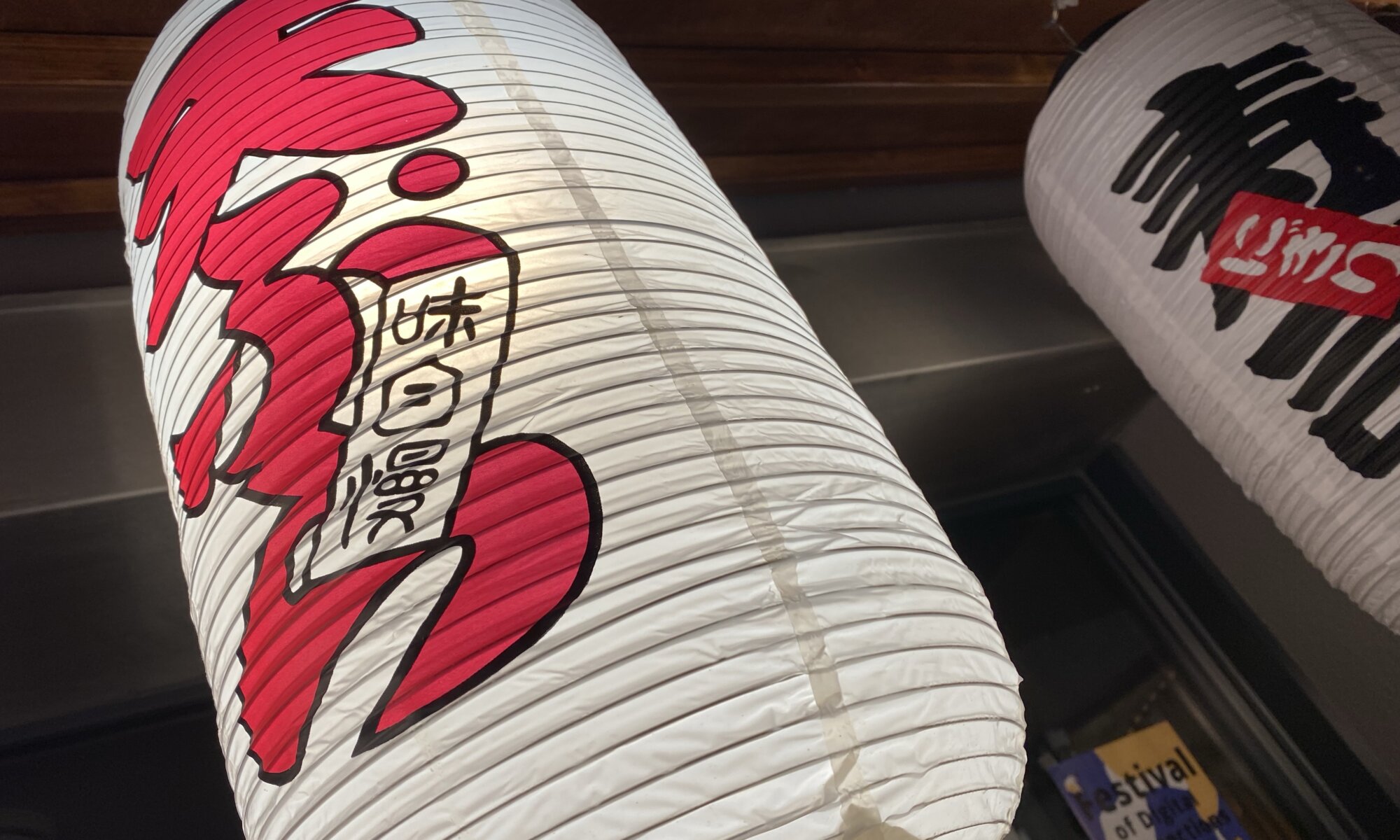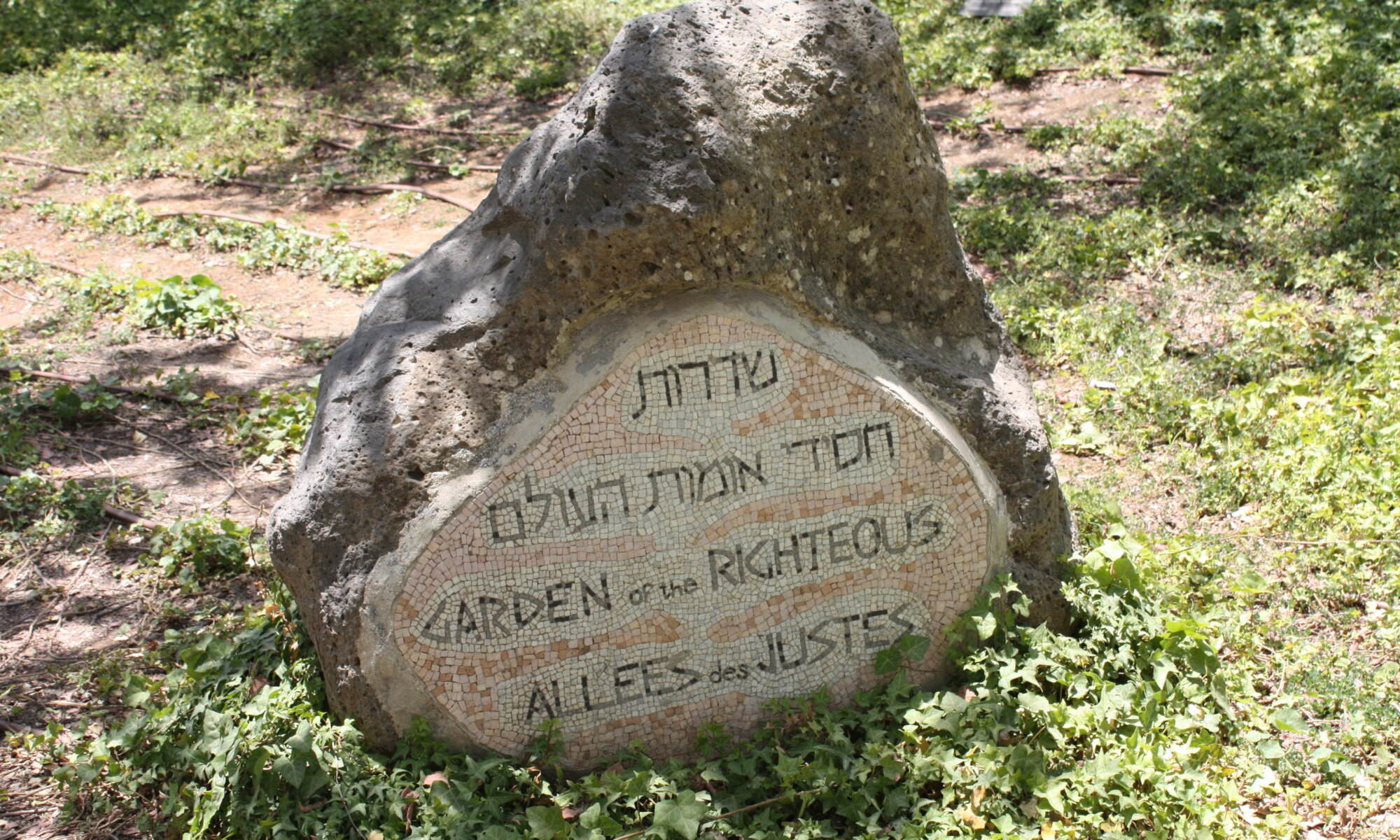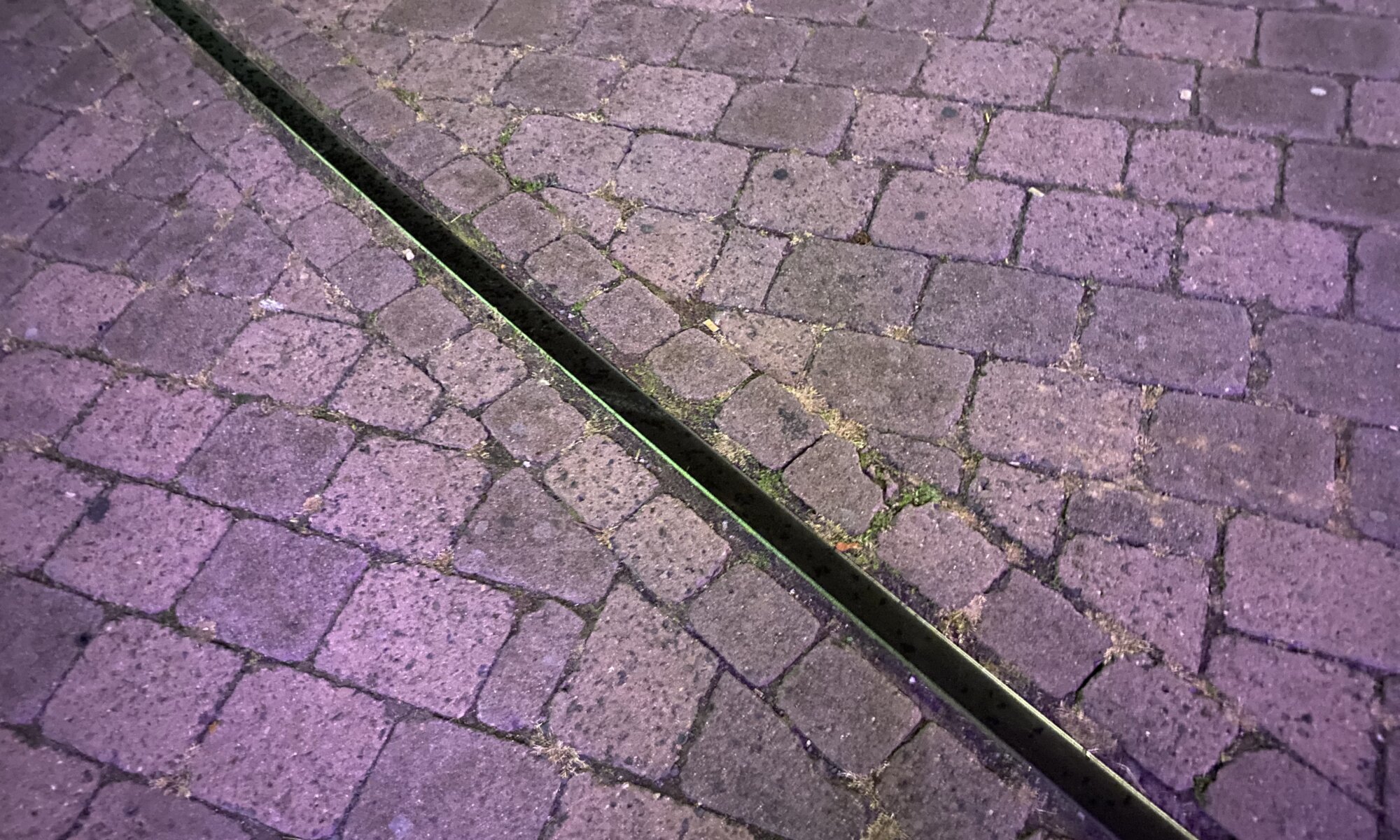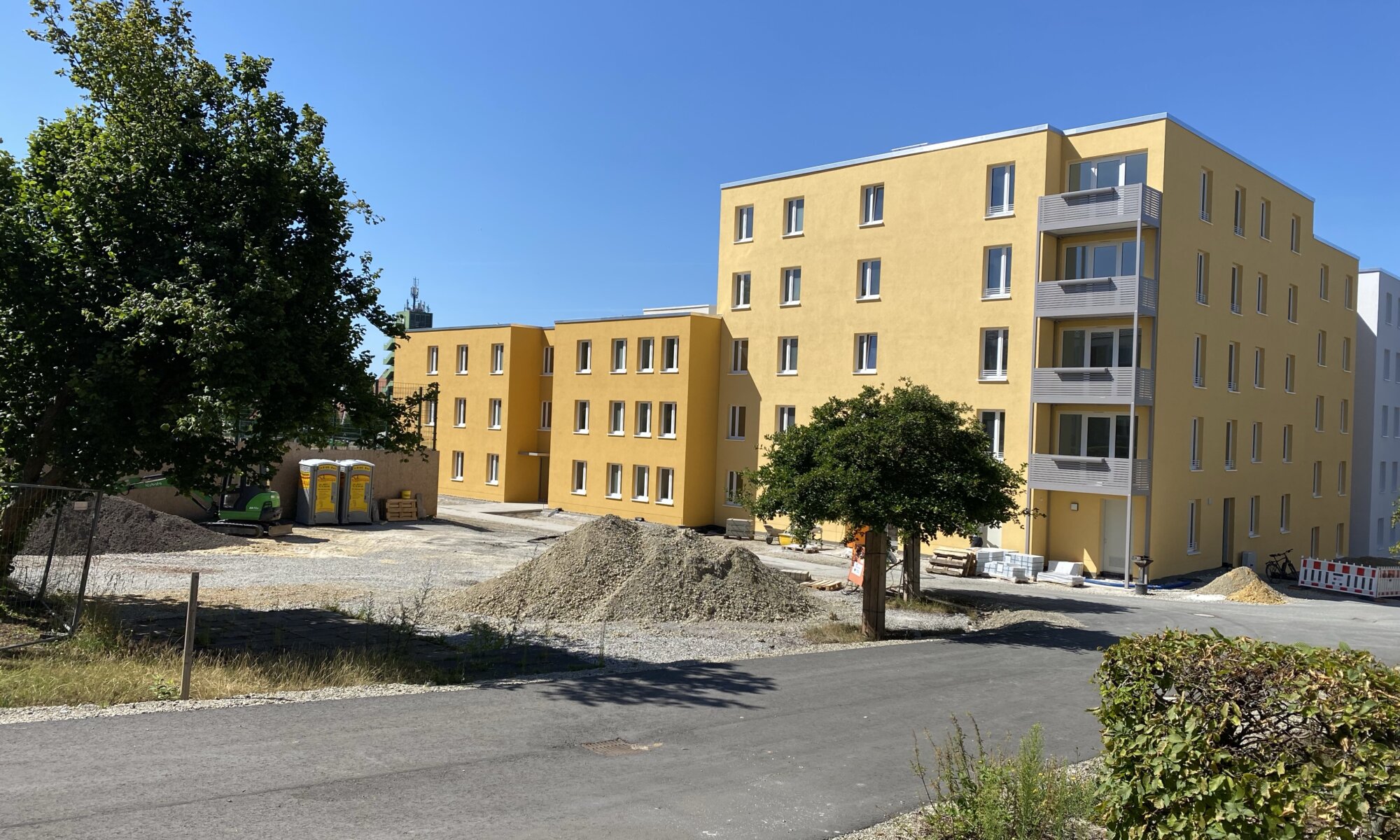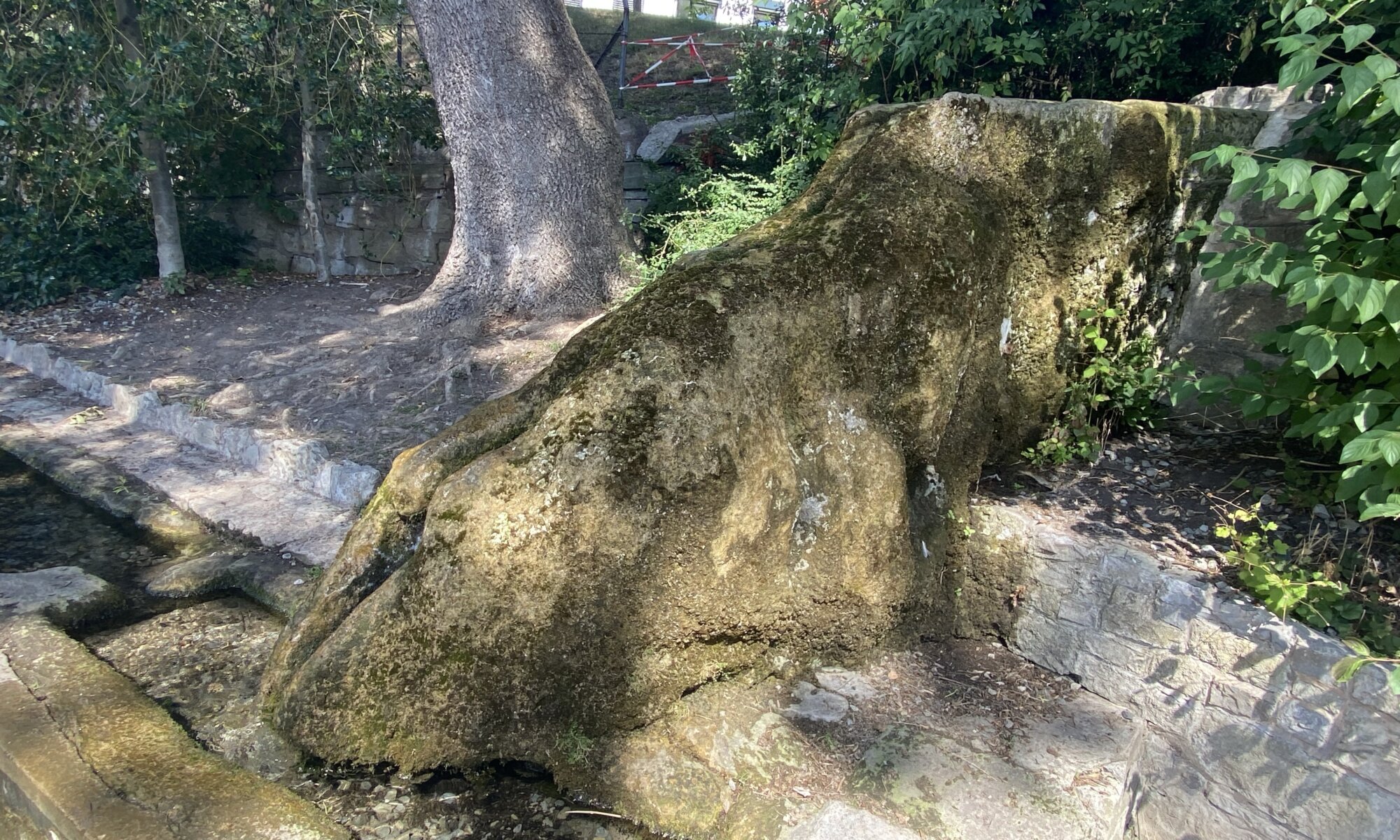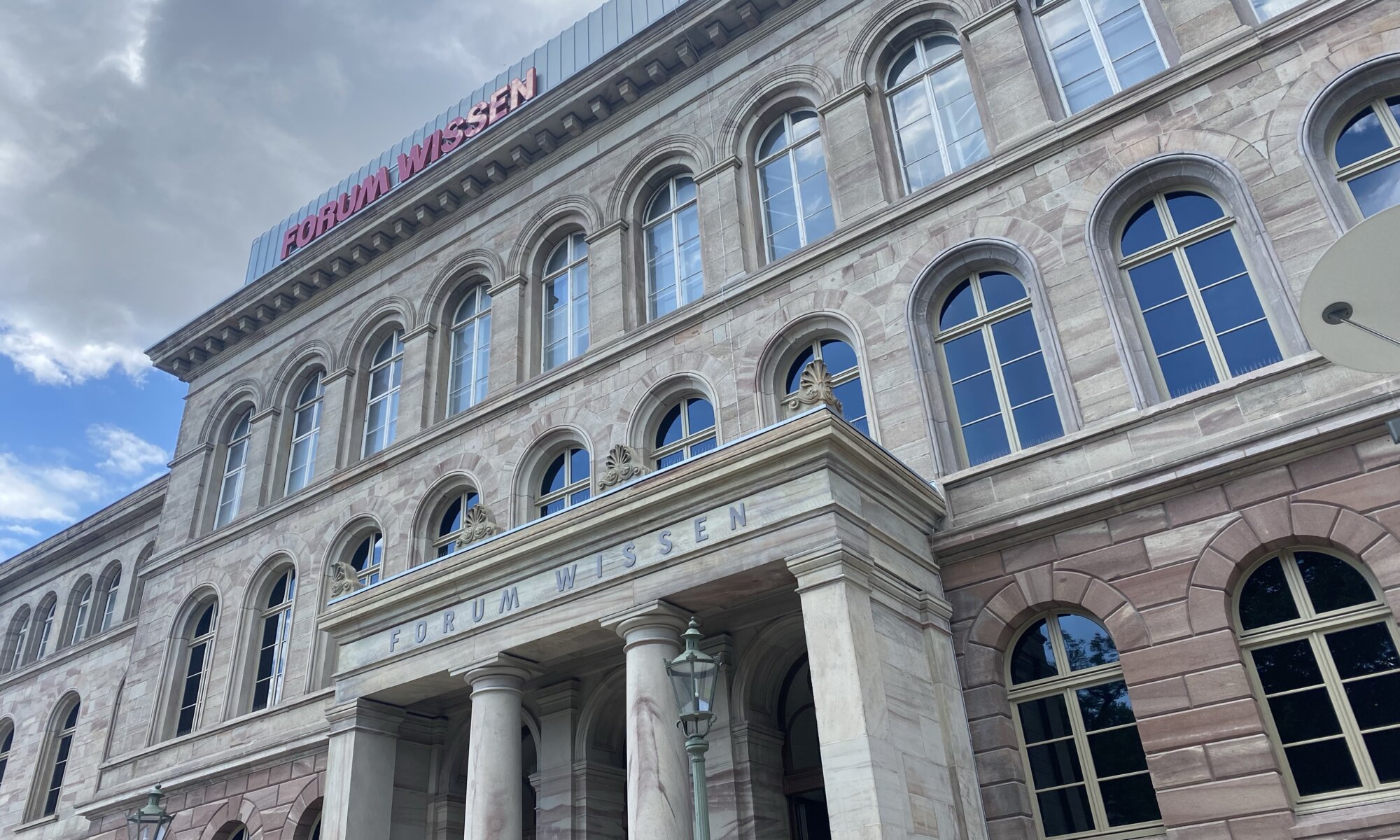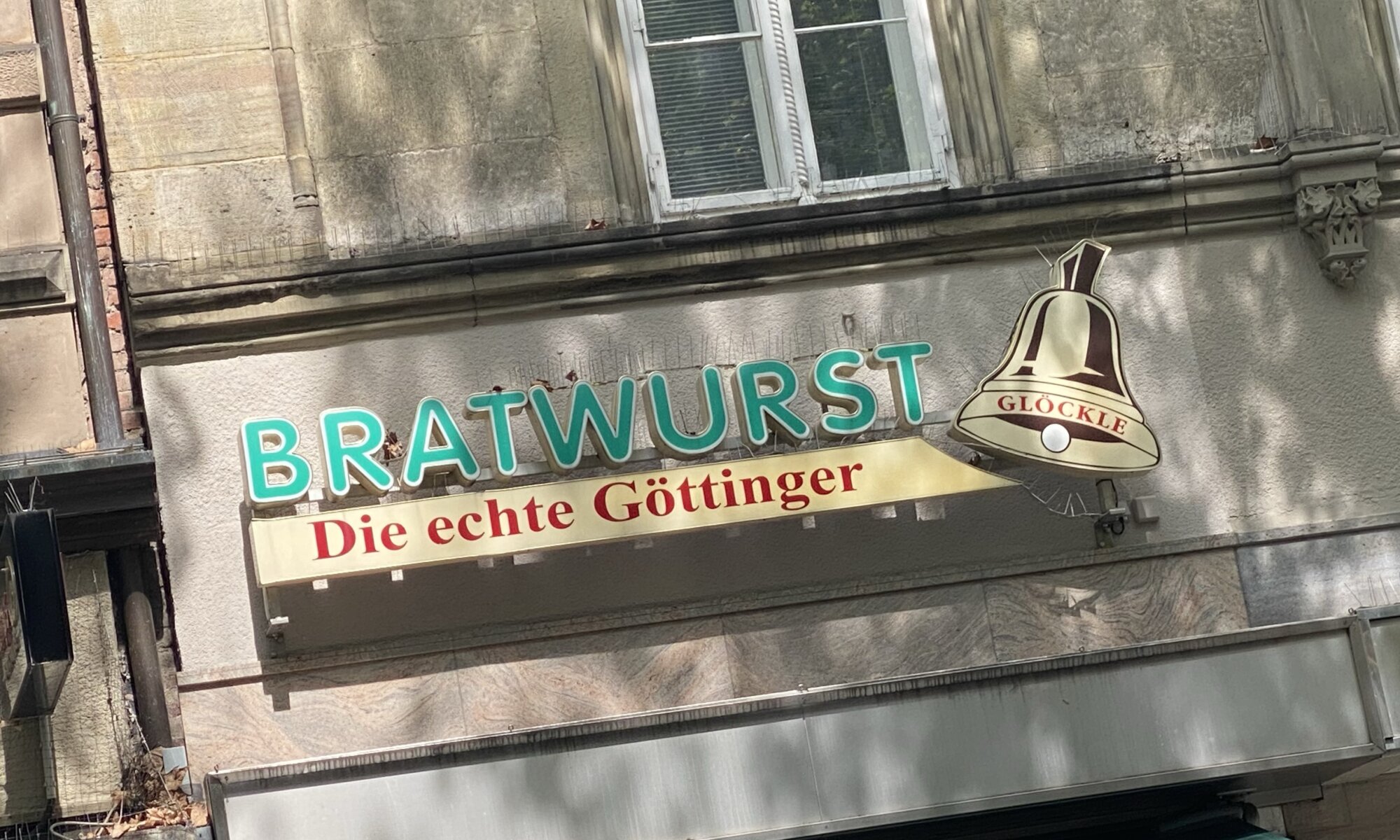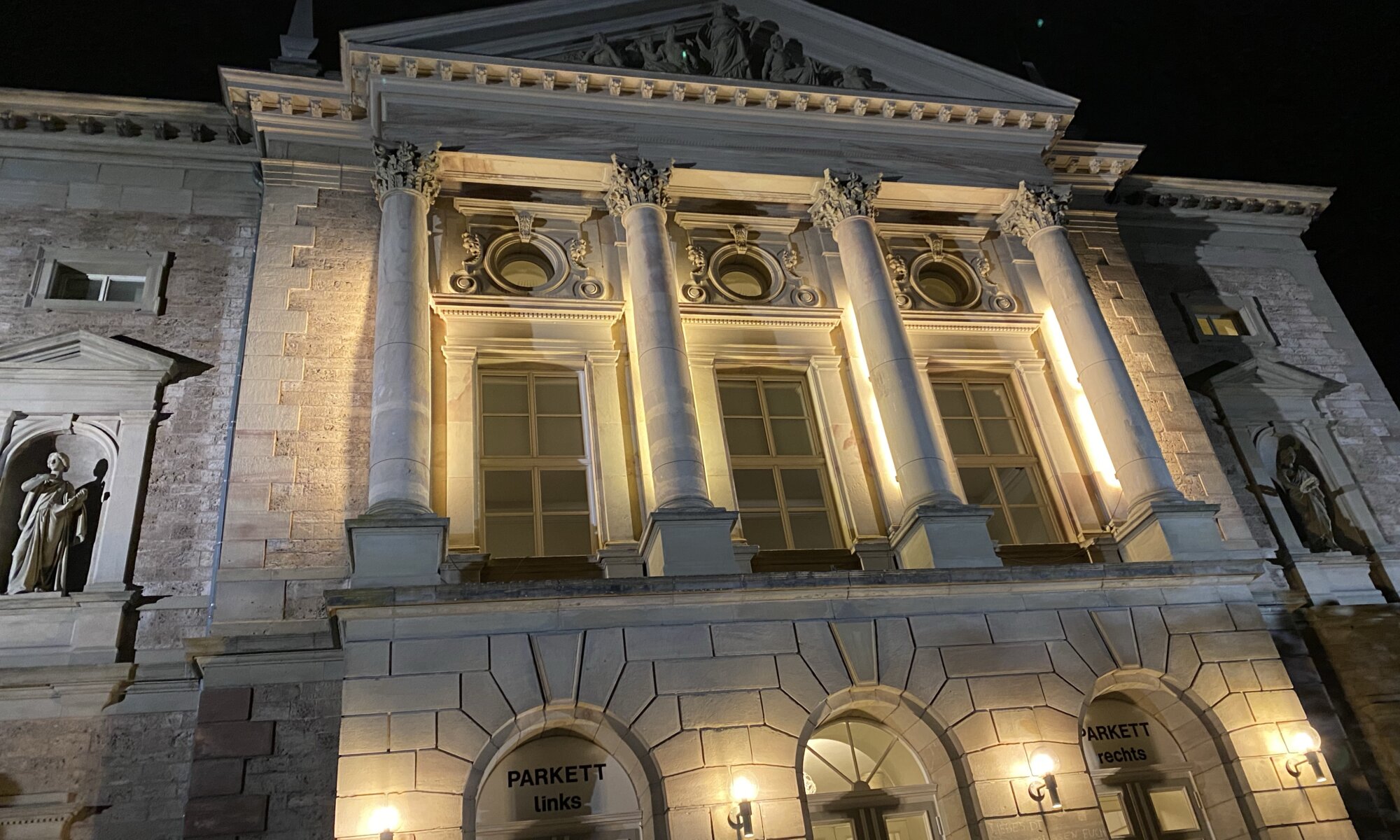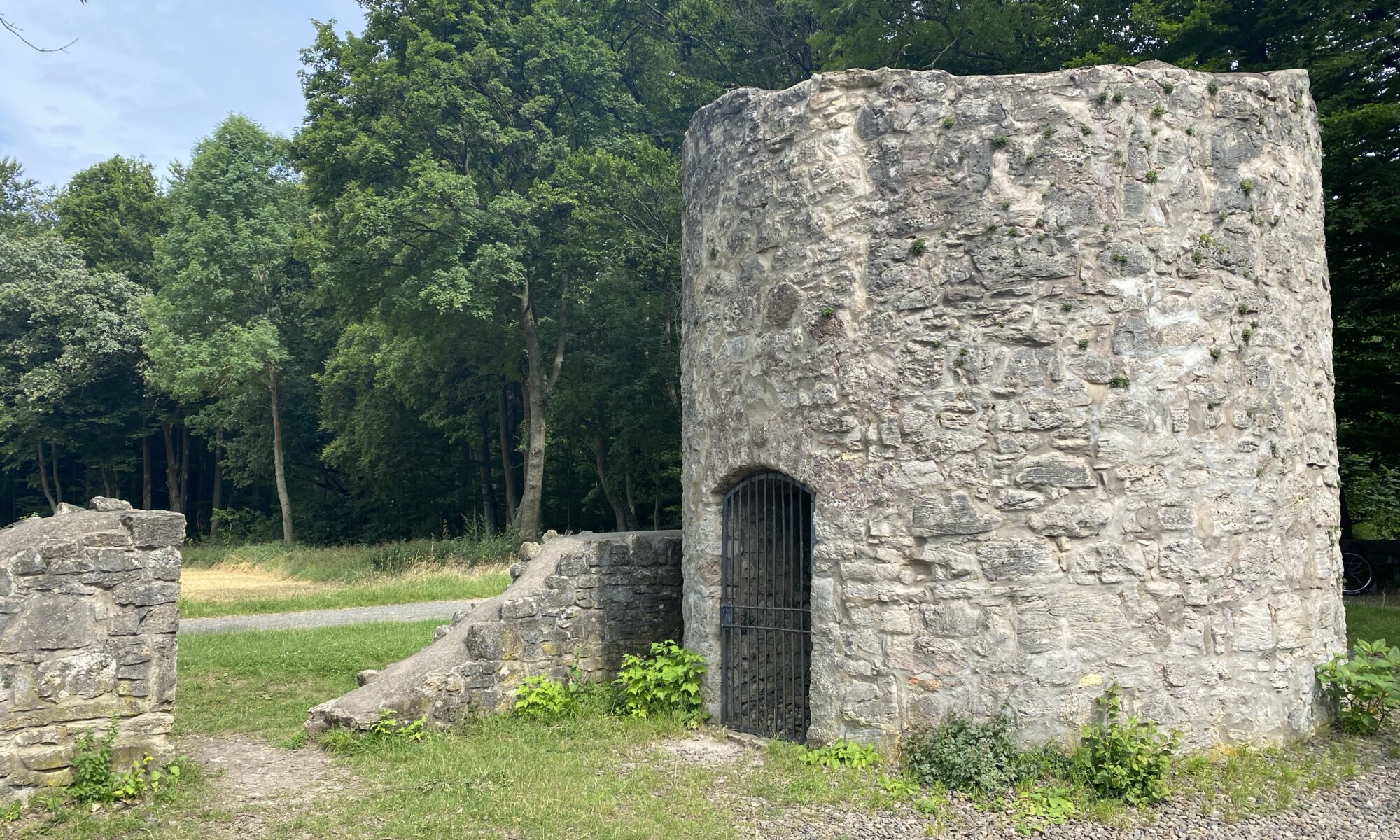When the people of Göttingen leave their homes for an extended walk, they most often go to the Kehr, the surrounding forest, the Kerstlingeröder Feld, or the Kiessee. But many people also prefer to spend their time in the south of the city, very often close to the Flütewehr. There a dam redirects river Leine to the east, leaving only a small stream called Flüte who passes the Kiessee. They dam can be used to cross the river and close-by dogs can swim in the water. As the newest addition a biotope with zebus has been created.
Continue reading “Flütewehr”GÄMIE
When you’re walking through the pedestrian zone in the city center of Göttingen, Germany, you might be surprised to see a beautiful arrangement of Asian lanterns next to the Nabel statue. What was formerly a butcher’s shop has been transformed into an Asian fusion restaurant; a bit too small, a bit too loud – but with extremely delicious meals and extraordinary decorations.
Continue reading “GÄMIE”Marianne, Hedwig & Meta
When the houses in the Ebertal in the south of Göttingen will be rebuilt also the streets will change: some new ones will appear, others will be renamed. A long part of the current Lönsweg will than be known as the Meta-Kamp-Steinmann-Straße. On the Gothaer-Areal nearby a Hedwig-Gerke-Weg and a Marianne-Ellenbogen-Weg will appear. Hopefully these new street names will cause people to search for the history behind them. What does connect these three women?
Continue reading “Marianne, Hedwig & Meta”Absorption
Once upon a time the city of Göttingen had different cinemas: the Sterntheater in the Sternstraße, the Capitol in the Prinzenstraße, the Cinema in the Weender Straße and many more before them. When in 1996 the large multiplex cinema CinemaxX opened in the former Lokrichthalle we all went there and enjoyed the modern atmosphere and the new technology. This was the beginning of the end of the smaller cinemas.
Continue reading “Absorption”Ebertal
The Ebertal is an area of Göttingen that has a bad reputation, at least for older people. It was created as a PoW camp, became an emergency accommodation after World War II and then temporarily was seen as socially problematic area with a lot of youth crime. Currently it is completely rebuilt and thoughtful politics will lead to a good combination of inhabitants and a high living quality.
Continue reading “Ebertal”Tränke
You can be born in a city and live there for thirty years and you still can’t have seen everything: I was quite surprised when I learned about a fountain called ‘Tränke‘ (watering place) at my hometown Göttingen, Germany. It is a fountain that dates back to the year 1776 (!) and is today a protected memorial. The water comes from the Ratsbrunnen well and runs via a large stone into a trough.
Continue reading “Tränke”Forum Wissen
The university of Göttingen has a wide range of scientific collections. Most of them are open to the public, but they’re distributed throughout the city and only accessible in very limited time frames. Therefore most inhabitants don’t know the treasures stored in the city. This changes with the Forum Wissen which was opened in 2022. It serves as a portal to these collections and presents important items at a central and well-accessible place.
Continue reading “Forum Wissen”Bratwurst Glöckle
Is it a clever idea to put a charcoal-fired grill into the stairway of your home and to sell grilled sausages from there? Well, in 1920 someone in Göttingen thought so and the fire is still burning! The Bratwurst Glöckle is easy to overlook if you don’t know where you have to search for it. Keep your eyes wide open at the intersection of Kornmarkt and Groner Straße/Lange-Geismar-Straße, not far away from the Gänseliesel fountain.
Continue reading “Bratwurst Glöckle”Since 1890
It is one of the most representative buildings of Göttingen, Germany: The Deutsches Theater (DT). After the old theatre building at the Wilhelmsplatz burned down in 1887 this new house was built in Italian Renaissance style and opened in 1890. On the roof a winged Thalia (as the goddess of poetry and comedy) takes care of the theatre.
Continue reading “Since 1890”Rieswarte
In the year 1380 duke Otto the Evil gave the right to create ditches around the city of Göttingen to protect its borders and the people within. In addition to this protective system called Landwehr in German it was allowed to erect free-standing towers (Bergfriede) on mountains and fortifications (Warten) next to roads to control who is entering or leaving the city.
Continue reading “Rieswarte”